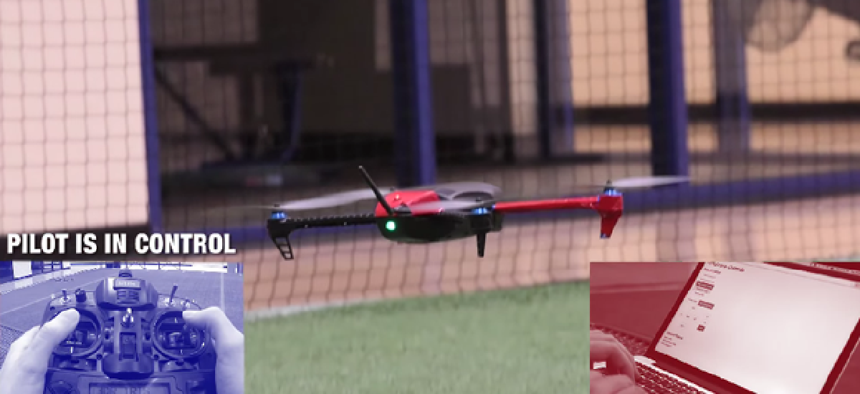Secure drone software evades hackers


Connecting state and local government leaders
Tech company Galois has developed a secure software solution that makes drones invulnerable to buffer overflow attacks, network sniffing, replay attacks and authentication attacks.
For those who might recall an alarming story recently from “60 Minutes” regarding the potential for motor vehicles, smart homes and drones to be hacked, Galois’s new secure software might assuage such concerns. The tech company from Oregon recently announced it has developed “the world’s most secure [drone] software.”
In a YouTube video, Galois showed an unmanned aerial vehicle running its high-assurance UAV software that is guaranteed to be invulnerable to large classes of attack. According to the video, the UAV software features memory safety, sanitized inputs, network encryption and authentication, which makes the drone invulnerable to buffer overflow attacks, network sniffing, replay attacks and authentication attacks.
The technology addresses the same security vulnerabilities in many other systems, including modern automobiles and the Internet of Things.
“As unmanned drones – particularly those used for civilian and commercial purposes – grow in number and usage, current software vulnerabilities pose a national security risk,” said Kathleen Fisher, former High-Assurance Cyber Military Systems program manager at the Defense Advanced Research Projects Agency. “Galois’ demonstration offers evidence that software built the right way dramatically reduces vulnerabilities, not just for drones, but for cars, information systems and the Internet itself.”
“The message for organizations building connected vehicles, systems and products is that vulnerabilities are not a foregone conclusion if secure and reliable software is designed into their products up front,” said Rob Wiltbank, CEO, Galois. “Systems can be made correct by design, which presents an opportunity for organizations to dramatically reduce the hacking threat.”
Galois’s development follows a report that the military believes it will deploy a hacker proof solution for certain drones by 2017.
NEXT STORY: 3 ways to combat threats from ‘device creep’




